Birds represent some of nature’s most captivating subjects for photographers, with their vibrant plumage, fascinating behaviors, and remarkable diversity. The United States offers an extraordinary range of habitats that attract both common and rare avian species, creating countless opportunities for bird photography enthusiasts. From coastal wetlands teeming with wading birds to mountain forests harboring elusive songbirds, the country boasts numerous world-class destinations for capturing stunning bird images. Whether you’re a professional wildlife photographer or an amateur birder with a camera, these locations provide exceptional chances to photograph birds in their natural environments throughout the seasons.
Everglades National Park, Florida

The Everglades represent one of the most productive ecosystems for bird photography in the entire United States. This vast subtropical wilderness provides habitat for over 360 bird species, including iconic wading birds like roseate spoonbills, wood storks, and various heron and egret species. Anhinga Trail and Shark Valley offer particularly accessible viewing areas where birds often allow close approaches, making them ideal for photographers without extreme telephoto lenses. Winter months (December through March) typically provide the best opportunities as water levels recede, concentrating birds around remaining water sources and coinciding with breeding seasons when many species display their most colorful plumage. The soft morning light reflecting off the glassy waters creates magical conditions for capturing birds in flight or hunting among the sawgrass prairies.
Bosque del Apache National Wildlife Refuge, New Mexico
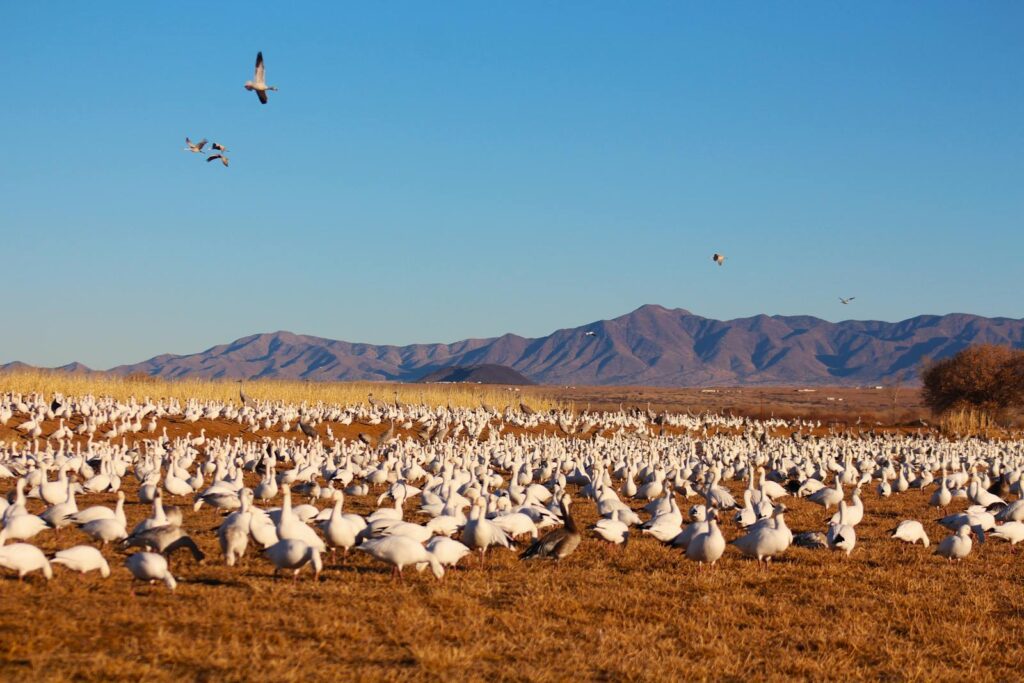
Renowned worldwide for its spectacular concentrations of wintering sandhill cranes and snow geese, Bosque del Apache offers some of the most dramatic bird photography opportunities in North America. The refuge’s carefully managed wetlands attract tens of thousands of birds between November and February, creating breathtaking scenes during morning “fly-outs” and evening “fly-ins” when massive flocks take to the air in unison. Photographers typically gather before dawn to capture silhouettes of awakening cranes against colorful southwestern sunrises, or in late afternoon when golden light bathes the landscape. The refuge features a convenient 12-mile auto loop with multiple pullouts and observation platforms strategically positioned for optimal viewing and photography. Beyond the signature crane and goose spectacles, photographers can capture various birds of prey, waterfowl, and desert birds throughout the refuge.
Ding Darling National Wildlife Refuge, Florida
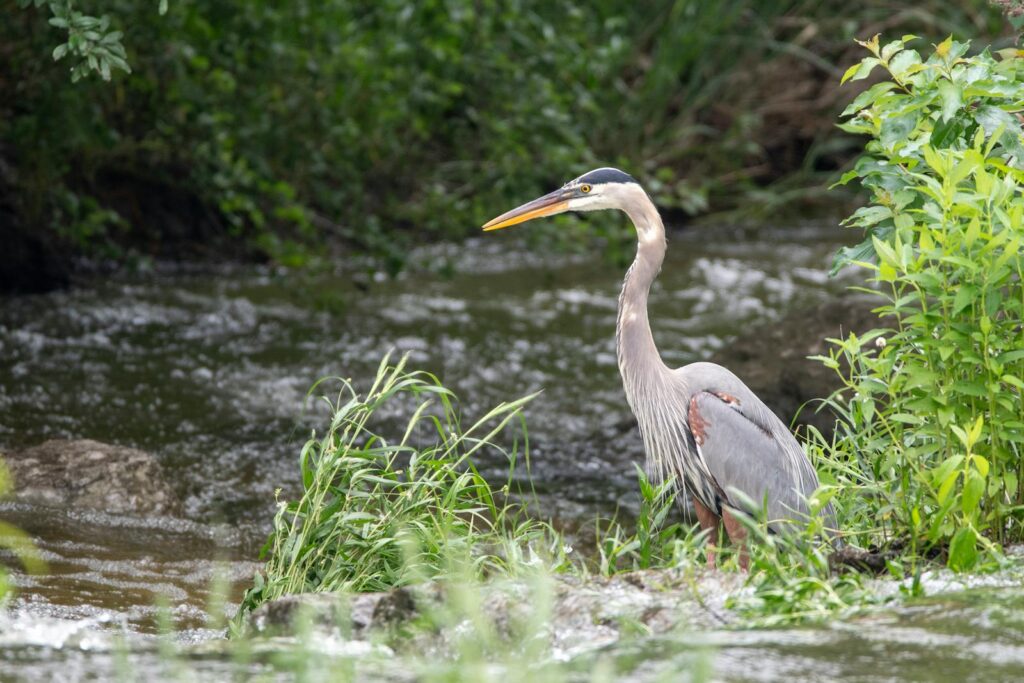
Located on Sanibel Island along Florida’s Gulf Coast, J.N. “Ding” Darling National Wildlife Refuge offers exceptional bird photography opportunities in an easily accessible setting. The refuge’s primary attraction is its 4-mile Wildlife Drive that winds through mangrove forests and tidal flats where photographers can shoot directly from their vehicles, using them as convenient blinds. The refuge’s bird diversity peaks during winter months when migratory species join year-round residents, though photography remains productive throughout the year. Tidal patterns significantly influence bird activity here; the best photography typically occurs during falling tides when wading birds concentrate to feed in newly exposed mudflats. Signature species include roseate spoonbills, yellow-crowned night herons, reddish egrets performing their distinctive “canopy feeding” dance, and the often-cooperative white ibis that allow for frame-filling portraits even with modest telephoto lenses.
Magee Marsh Wildlife Area, Ohio
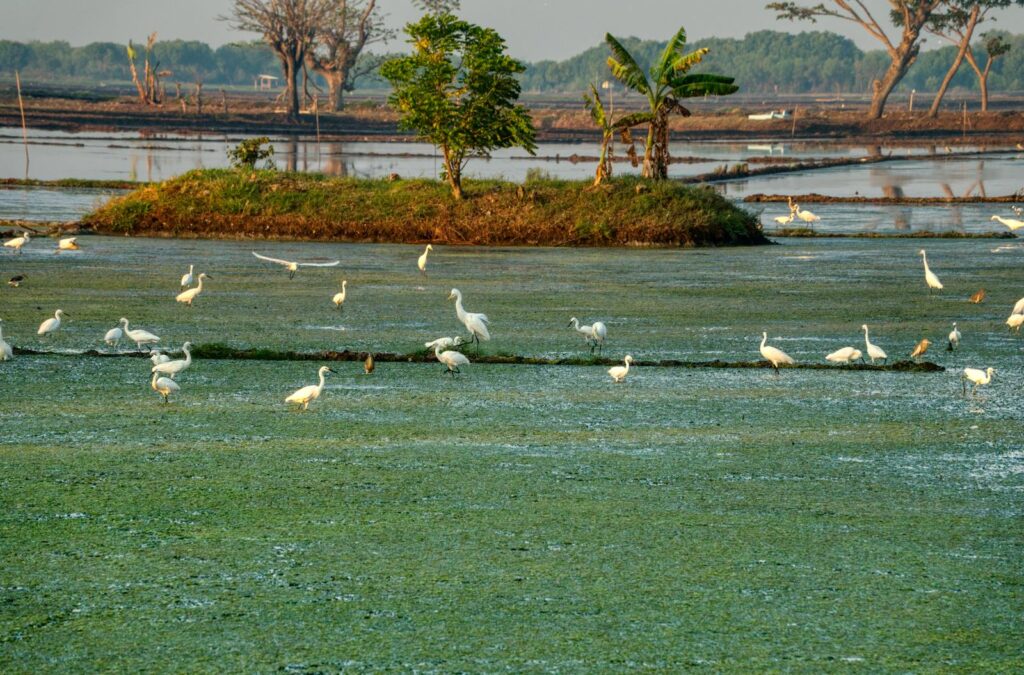
While perhaps less known to casual nature enthusiasts, Magee Marsh along Lake Erie in northern Ohio represents hallowed ground for bird photographers interested in capturing warblers and other songbirds. Each spring (primarily May), this modest woodland becomes one of the continent’s most celebrated migration hotspots as neotropical migrants pause to rest and refuel before crossing Lake Erie. The site’s famous boardwalk provides eye-level views of normally canopy-dwelling warblers, vireos, tanagers, and orioles as they forage at close range, often just feet away from photographers. The concentration of colorful birds and their unusually confiding behavior during migration creates opportunities for intimate portraits rarely possible elsewhere. Serious bird photographers often spend entire weeks here during peak migration, as each day brings different species compositions depending on weather patterns and migration timing.
Kenai Fjords National Park, Alaska

For photographers seeking dramatic seabird colonies and marine bird photography, Kenai Fjords National Park delivers unforgettable opportunities along Alaska’s stunning coastline. Boat tours from Seward provide access to massive cliff-nesting colonies of puffins, kittiwakes, murres, and other seabirds against spectacular glacial backdrops. The nutrient-rich waters support remarkable concentrations of these birds, particularly during the summer breeding season between June and August. Black-legged kittiwakes and common murres nest by the thousands on sheer rock faces, while both horned and tufted puffins offer prized photography subjects with their colorful breeding bills and distinctive appearances. Photography from boats presents technical challenges due to motion, but the opportunity to capture birds in pristine wilderness settings more than compensates for the difficulty. Beyond seabirds, photographers may encounter bald eagles, harlequin ducks, marbled murrelets, and other coastal species while exploring this remarkable ecosystem.
Klamath Basin National Wildlife Refuges, Oregon/California
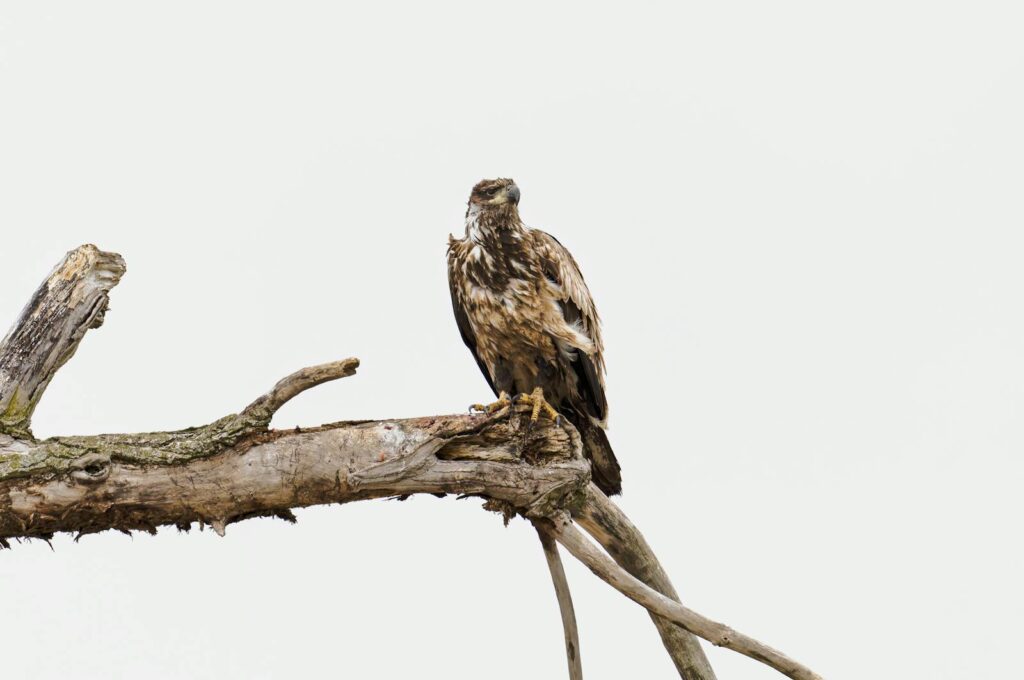
Straddling the Oregon-California border, the complex of six wildlife refuges comprising the Klamath Basin offers world-class bird photography throughout the year. The area is particularly famous for hosting the largest concentration of bald eagles in the lower 48 states during winter, with hundreds gathering between December and February to feed on waterfowl. Spring brings spectacular courtship displays from western and Clark’s grebes, including their synchronized “rushing” across the water’s surface—a challenging but rewarding behavior to photograph. Fall migration sees massive congregations of waterfowl, with peak numbers often exceeding a million birds, creating opportunities for landscape-style bird photography showing vast flocks against mountain backdrops. Auto tours and photography blinds throughout the refuge complex provide excellent access, while the surrounding agricultural areas often yield opportunities for photographing sandhill cranes, white-faced ibis, and various raptor species hunting over open fields.
High Island, Texas
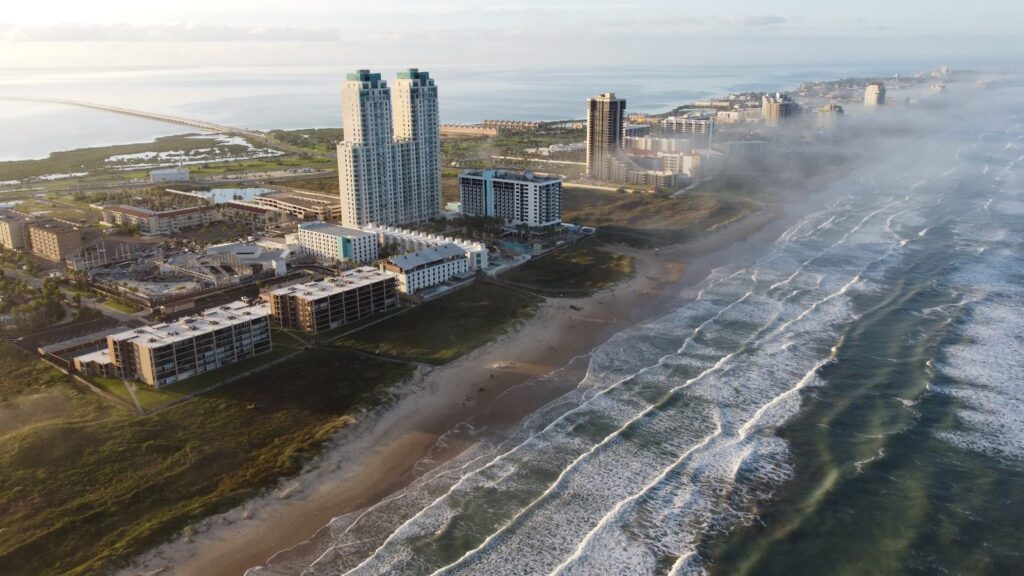
Each spring, the small coastal community of High Island becomes a mecca for bird photographers as neotropical migrants make their first landfall after crossing the Gulf of Mexico. The Smith Oaks Sanctuary’s Rookery offers among the most accessible and productive heron and egret photography anywhere, with multiple observation platforms overlooking islands where roseate spoonbills, great egrets, and various herons nest at remarkably close range. The surrounding woodland sanctuaries, particularly Boy Scout Woods and Smith Oaks’ Tropical Garden, attract a spectacular variety of colorful migrants including warblers, tanagers, orioles, and buntings, especially following spring “fallouts” when weather conditions force large numbers of exhausted birds to descend simultaneously. The consistent southeast winds blowing birds into the woodland edges often position them in perfect light for photography during morning hours. April and early May typically provide the greatest diversity, though the rookery remains active from February through summer.
Monterey Bay, California
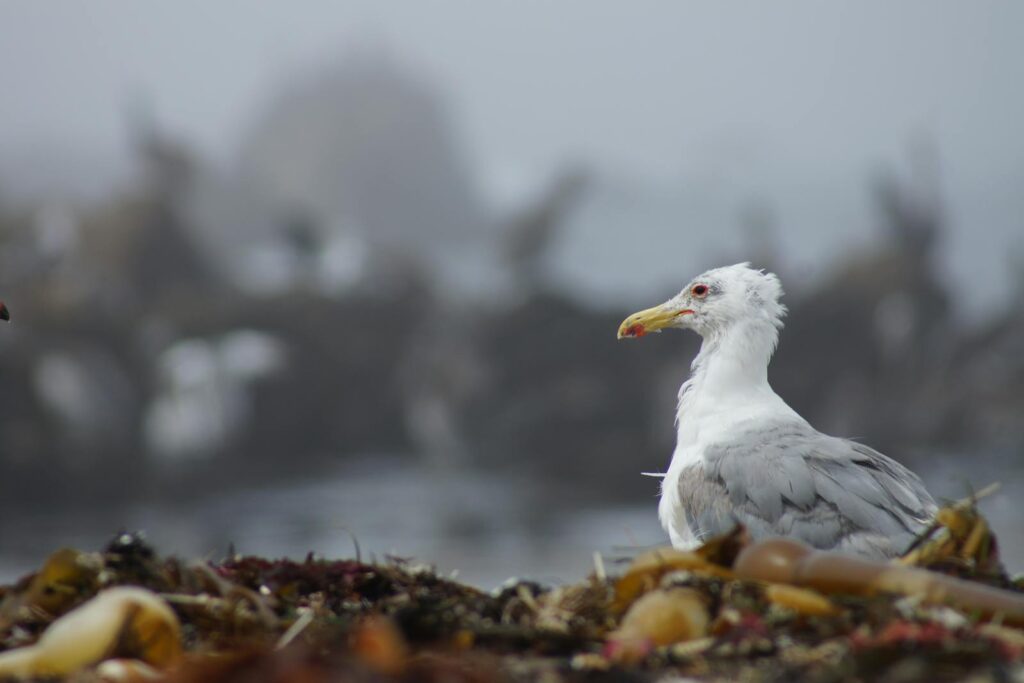
The nutrient-rich waters of Monterey Bay create one of the world’s most productive marine ecosystems, supporting extraordinary bird photography opportunities along California’s central coast. Boat tours from Monterey Harbor offer close approaches to feeding concentrations of birds associated with the bay’s deep submarine canyon, including numerous species rarely seen from shore. Black-footed albatrosses, multiple shearwater species, storm-petrels, and jaegers provide unique photography subjects for those willing to contend with shooting from a moving boat. Along the shoreline, locations like Moss Landing Harbor and Elkhorn Slough enable photography of brown pelicans, elegant terns, and various shorebirds, often in beautiful golden California light. September through November typically offers peak diversity as migrating species join residents, while December through February brings impressive concentrations of gulls and diving birds. The region’s famous sea otters, harbor seals, and sea lions frequently provide bonus photography subjects alongside the birds.
Blackwater National Wildlife Refuge, Maryland
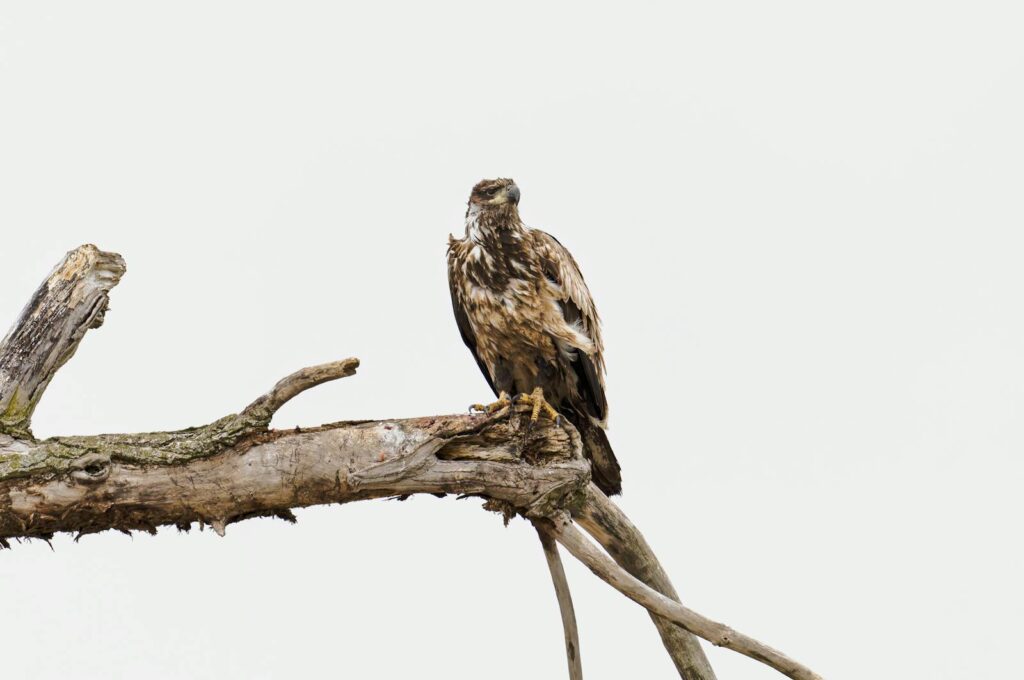
Located on Maryland’s Eastern Shore, Blackwater NWR has earned a reputation as one of the premier locations for photographing bald eagles and other birds of prey on the East Coast. The refuge’s mix of shallow water impoundments and mature loblolly pine forests creates perfect habitat for a resident eagle population while attracting additional birds in winter, sometimes resulting in dozens visible simultaneously. The convenient Wildlife Drive loops through diverse habitats where photographers can shoot directly from vehicles at eagles, northern harriers, and various waterfowl. Winter months bring spectacular concentrations of snow geese and tundra swans that create opportunities for both action shots and atmospheric landscapes with birds silhouetted against colorful sunrises over the marshes. Early mornings typically provide the most productive photography, with eagles particularly active fishing and interacting in the soft first light of day.
Point Reyes National Seashore, California
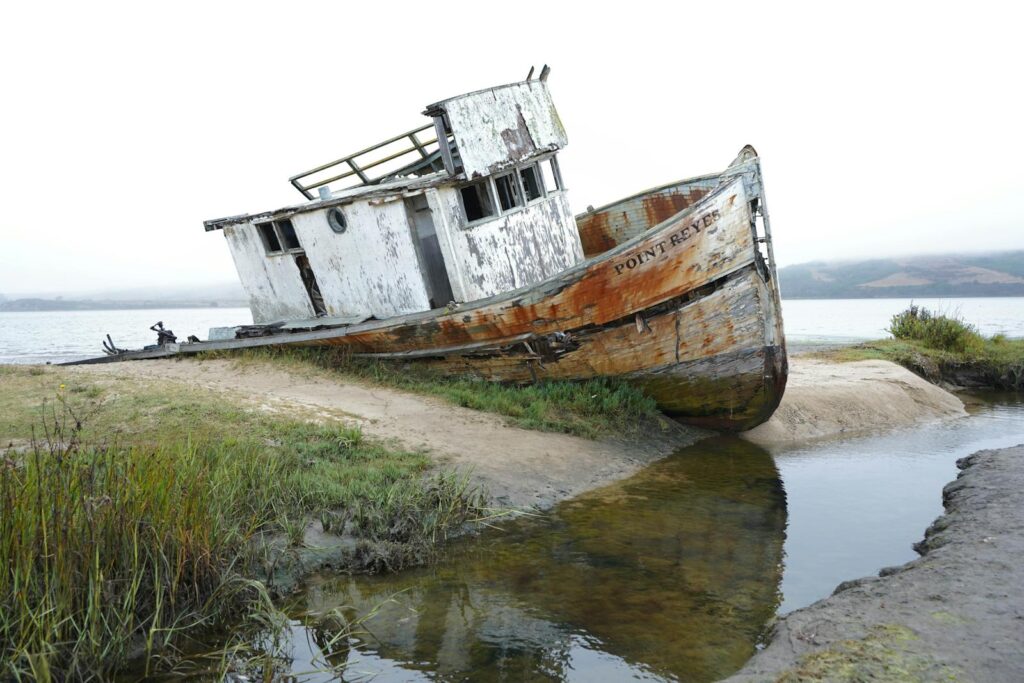
This windswept peninsula north of San Francisco offers exceptional year-round bird photography in stunningly diverse habitats ranging from coastal beaches to dense forests. The extreme geographic position extending far into the Pacific makes Point Reyes a magnet for both migratory birds and vagrants that stray from their normal ranges, creating opportunities to photograph rarities alongside more common species. Abbott’s Lagoon and the surrounding coastal scrub habitat attract bobwhite quail, wrens, sparrows, and warblers, while Drakes Beach and Limantour provide access to shorebirds, gulls, and coastal species. The Outer Point hosts a large colony of common murres on sea stacks visible from the lighthouse area, particularly during breeding season. Fall migration brings peak diversity, though winter offers dramatic photography of northern bird species against rugged coastal landscapes, and spring showcases breeding behaviors including courtship displays.
Rio Grande Valley, Texas
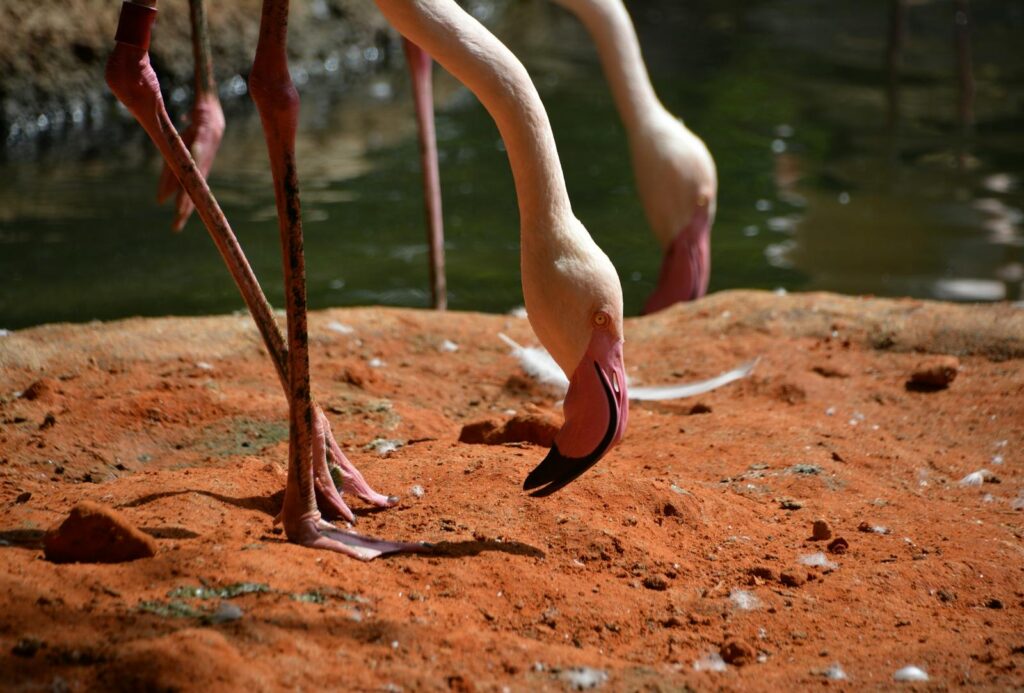
The southernmost tip of Texas represents one of the most biologically diverse regions in the United States, where tropical bird species reach their northern limits and create unique photography opportunities found nowhere else in the country. The network of wildlife refuges, state parks, and private ranches collectively known as the Rio Grande Valley offers photographers access to colorful species like green jays, great kiskadees, altamira orioles, and plain chachalacas that exhibit behaviors more typically associated with Latin American jungles. Specialized photography ranches including Laguna Seca and Santa Clara have elevated bird photography here to an art form, with meticulously designed set-ups featuring native plantings, water features, and perches positioned for optimal light angles. The region’s mild climate makes it productive year-round, though April-May and September-October typically offer peak activity levels. Beyond the tropical specialties, the region hosts concentrations of raptors, with Harris’s hawks, crested caracaras, and white-tailed hawks providing distinctly southwestern subjects.
Adirondack Mountains, New York
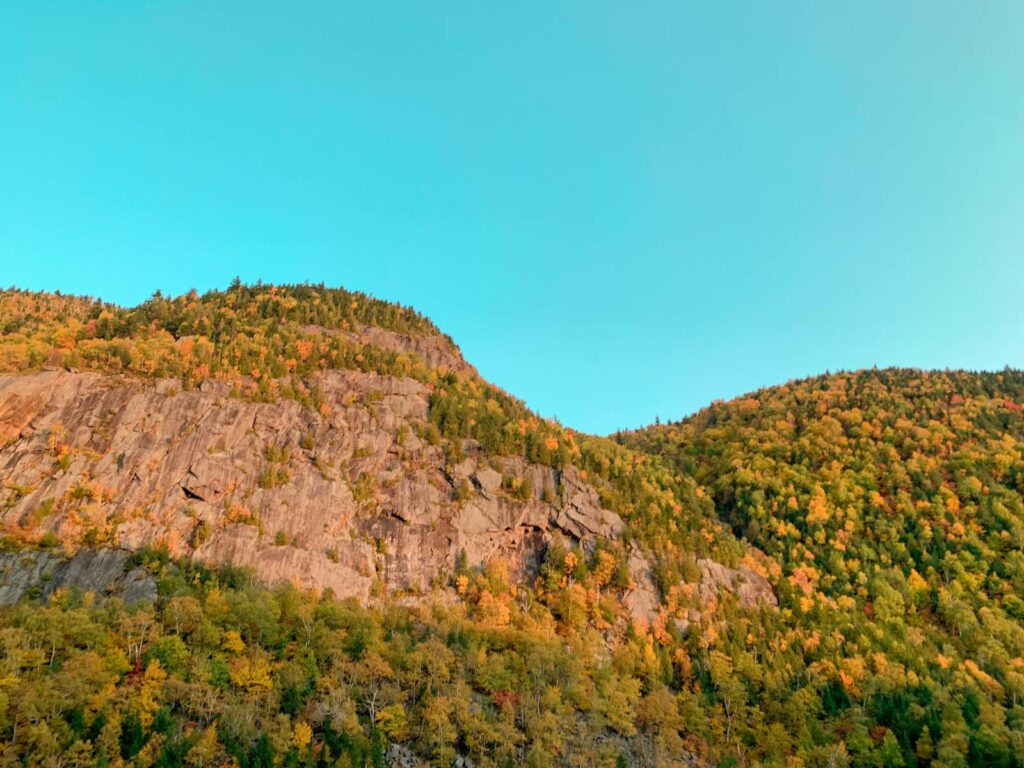
For photographers interested in capturing boreal forest birds, the Adirondack Mountains of upstate New York provide accessible opportunities to photograph species typically associated with Canada’s northern forests. Spruce grouse, black-backed woodpeckers, boreal chickadees, and Canada jays (formerly gray jays) inhabit the region’s coniferous forests and bogs, creating opportunities for distinctive images of these northern specialists against atmospheric misty backdrops. Locations like Bloomingdale Bog, Whiteface Mountain, and Moose River Plains have earned reputations as reliable sites for encountering these sometimes elusive birds. Spring and early summer offer the best photography as males establish territories through singing and display behaviors, while the breeding season brings opportunities to document nesting activities. The region’s abundant common loons on wilderness lakes provide iconic subjects for reflection photographs during calm mornings, particularly as dramatic mist rises from the water’s surface during the transitional seasons of late spring and early fall.
Practical Tips for Bird Photography Success

Regardless of location, successful bird photography relies on several consistent principles that improve your chances of capturing compelling images. Arriving early is perhaps the most important factor, as bird activity typically peaks around sunrise when light quality also reaches its optimal warmth and directional quality. Understanding the relationship between wind direction, sun angle, and bird behavior dramatically improves composition possibilities—birds almost always land and take off into prevailing winds, allowing photographers to anticipate flight paths. Investing time researching seasonal patterns before traveling increases efficiency, as many premier bird photography destinations experience dramatically different species compositions and behaviors throughout the year. Finally, developing field craft skills that minimize disturbance through appropriate blinds, camouflage, and movement patterns ultimately proves more valuable than expensive equipment, as relaxed birds exhibiting natural behaviors create more compelling images regardless of the camera used.
Conclusion

The United States offers extraordinary diversity for bird photographers, with habitats ranging from tropical wetlands to arctic tundra creating opportunities to capture virtually every North American bird species. While this article highlights particularly productive locations, remarkable bird photography opportunities exist throughout the country in both famous wildlife refuges and modest local parks. The most rewarding approach combines visiting these proven hotspots with developing observation skills to discover your own productive locations closer to home. With patience, preparation, and respect for the birds and their habitats, photographers of all experience levels can create meaningful images that not only document avian diversity but also help connect viewers with the natural world and potentially inspire conservation of these remarkable creatures and their environments.
